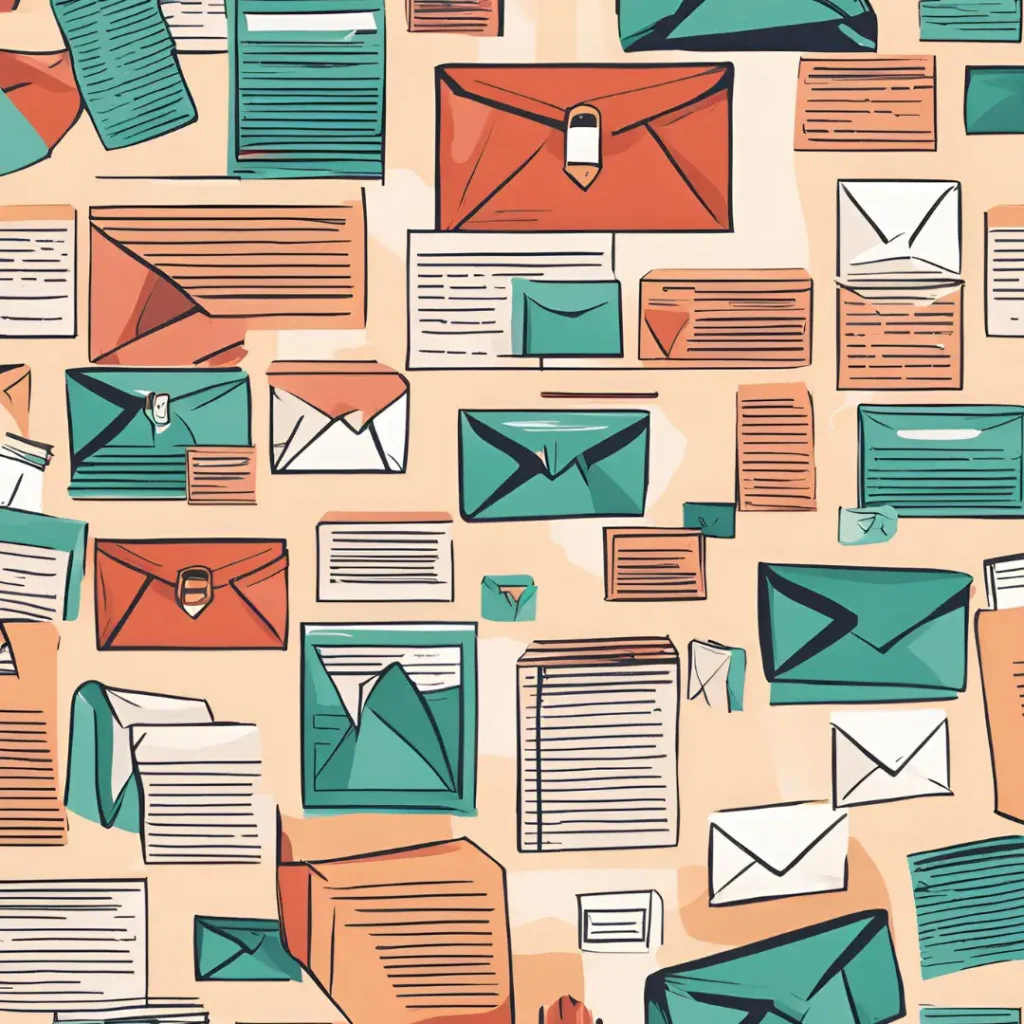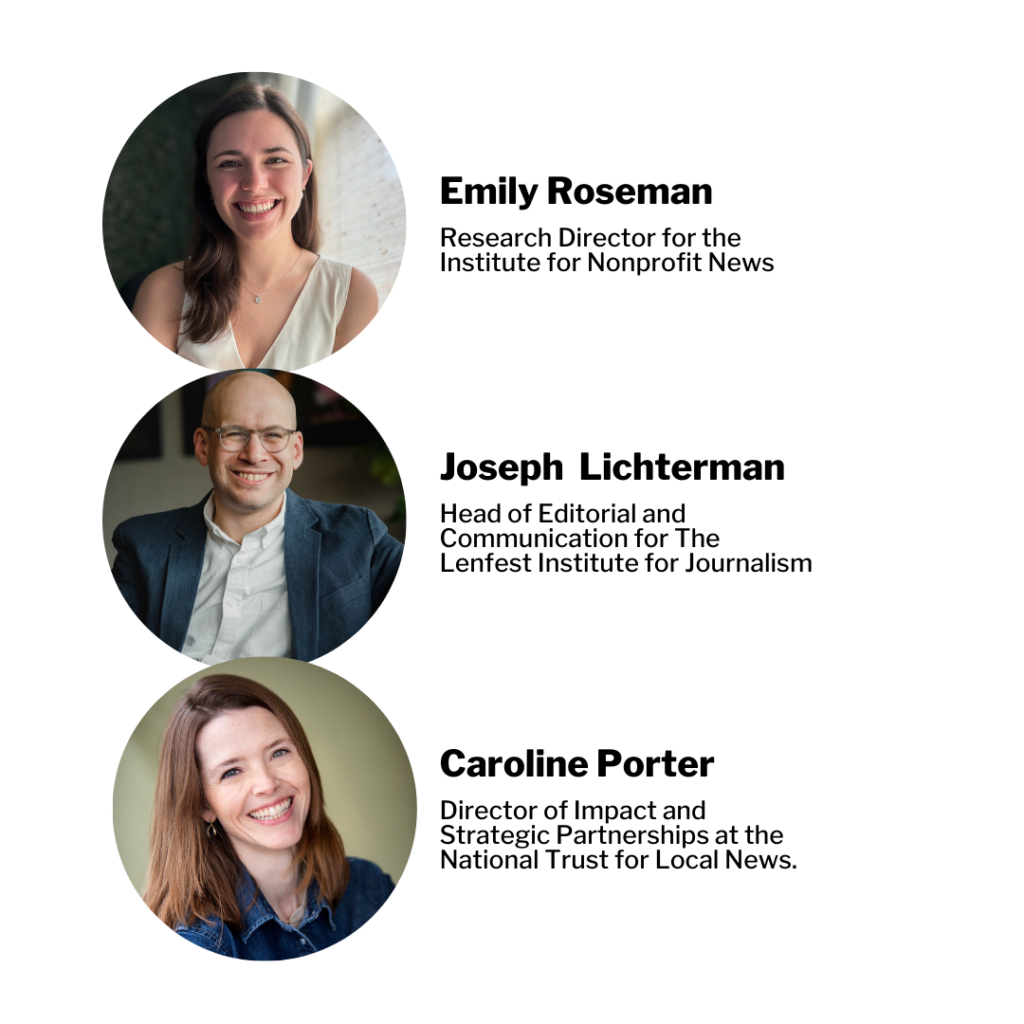
In a world where notifications constantly buzz and social media updates quickly disappear, it’s easy to feel overwhelmed and unsure how to engage with your audience in this digital clutter. Email newsletters offer a unique and personal connection, allowing you to reliably and directly engage with your audience.
“Unlike social media, which is largely dominated by a handful of dominant platforms with ever-changing algorithms, email is a relatively stable platform by comparison,” said Joseph Lichterman, head of editorial and communication at the Lenfest Institute for Journalism, and instructor of an upcoming Knight Center course on newsletter strategy. “Newsletters allow you to reach people right in their email inboxes and engage in a two-way conversation — just ask people to reply to your newsletters!”
That’s just a taste of the insights you’ll get in “Newsletters 2.0: Strategies to Delight Audiences and Grow Revenue,” a low-cost, four-week advanced online course from the Knight Center for Journalism in the Americas launching Sept. 9, 2024. For $95, participants will gain access to expert advice, personalized learning, and resources designed to elevate their email strategy for staying ahead of industry trends and optimizing audience engagement and revenue.
To give you a sneak peek, we sat down with the course instructors—Caroline Porter, director of Impact and Strategic Partnerships at the National Trust for Local News; Emily Roseman, research director at the Institute for Nonprofit News; and Joseph Lichterman—to talk about what makes this course essential for newsletter creators. Plus, they shared a little bit about their favorite newsletters and some of the unique features that they wished more newsletters would offer.
KC: What inspired each of you to focus on newsletters and email strategy in your careers, and what do you find most rewarding about this field?
Joseph Lichterman: I love how versatile newsletters are. All things considered, email is a relatively simple technology, but publishers and journalists are super creative and have helped evolve newsletters into one of the most exciting spaces online to build engagement and create communities.
Caroline Porter: I love how direct newsletters are. When we first started talking about newsletters, we called them the new version of the newspaper on your doorstep, just instead in your inbox. It remains true today – an intimate, one-to-one technology.

KC: What are you most excited about in teaching this course, and why do you think it’s a must-attend for anyone serious about newsletters?
Emily Roseman: I’m so lucky to get to work with Yossi and Carrie again – we’ve been talking about newsletters since 2017 and it’s so exciting to get to compare notes on how the industry has changed since then. The course offers a really valuable framework for folks working through those common challenges that emerge once your newsletter has been launched and running for a bit.
KC: How does this course address the biggest challenges you’ve encountered in your newsletter careers, and what strategies or insights will it provide to help participants overcome these challenges?
Joseph Lichterman: As more and more people have seen the promise of email newsletters as a publishing platform, the space has become increasingly crowded. It’s harder for news organizations to create newsletters that stand out. This course will offer strategies for how publishers can take their newsletters to the next level by connecting with their audiences, building growing revenue streams, and creating sustainable workflows to support it all.
KC: What can participants expect to learn from this course? What key skills and knowledge will they gain, and how will it benefit their careers?
Caroline Porter: We spent a lot of time on the front end thinking through the structure for this course and how to give it that “leveling up” flavor while still making it accessible for a wide variety of newsletter producers. We landed on the deep dive on three critical components to newsletter success: audience, revenue and workflow. We also provide a quick foundational review of basic newslettering (tech stacks, list cleaning, privacy laws). The final component is the three C’s concept – a framing to guide your decision-making across the board. The neat thing about all these elements is that they can complement, support and apply to your broader goals in journalism.
KC: What inspired each of you to focus on newsletters and email strategy in your careers, and what do you find most rewarding about this field?
Joseph Lichterman: I love how versatile newsletters are. All things considered, email is a relatively simple technology, but publishers and journalists are super creative and have helped evolve newsletters into one of the most exciting spaces online to build engagement and create communities.
Caroline Porter: I love how direct newsletters are. When we first started talking about newsletters, we called them the new version of the newspaper on your doorstep, just instead in your inbox. It remains true today – an intimate, one-to-one technology.
If you could create a newsletter about any topic unrelated to your current work, what would it be and why?
Joseph Lichterman: I am a relatively new parent, and there is an overwhelming amount of parenting advice on the internet. It stresses me out! Between work, parenting, and everything else, I just don’t have time to sift through everything. I would love a newsletter that cuts through all the noise and highlights only the most important and actionable advice.
What’s the most unusual or memorable newsletter you’ve ever come across, and what made it stand out?
Emily Roseman: For memorable, I have to go with Delia Cai’s Deez Links. It was one of the first newsletters I came across that was written in the same way people actually talk. And it made me laugh out loud. I’m still a loyal reader.
(Check out our interview with Delia Cai on our 2021 free introductory course, Newsletter Strategies for Journalists, here. )
If you could redesign the perfect newsletter, what unique feature would it include and why?
Emily Roseman: This might already exist, but I’d love a newsletter that only includes links to articles where I’m already a subscriber (or the stories are open to all), or if I’m not a subscriber, gives a top level summary of the story. I love newsletters that cite across different publications, but it’s tough when every other link is paywalled.
Caroline Porter: One of my favorite design elements in a newsletter is the link-out for each separate featured article within the newsletter. This way, when you want to share a specific story, you can share simply the one link. I find this to be very user friendly. And an added benefit: It encourages readers to share your work widely, providing greater reach and potential new readers.